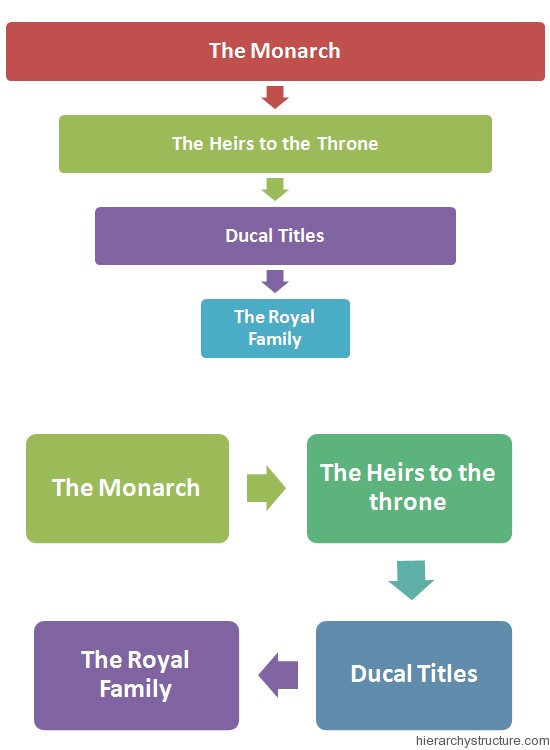The royal hierarchy is a mode of separating and classifying people of any area in several groups on the basis of pre fixed term, rules and set of guidelines. The people with more power, authority and special benefits got categorized as high upper class or referred normally as the royal class. There are many countries which still possess royal families. Earlier these royal families were provided with all the special rights and freedom to do anything. All the ruling and exquisitely special titles of the kingdom were preserved specially for members of the royal families.
Members of the royal family were required to be somehow associated to the monarchy by any blood relation whether it is a cousin, brother, sister, children or even grandchildren. Everyone in the kingdom was prohibited to deceive the royal family and abide by their rules and regulations. The Swedish royal hierarchy is briefly explained as below in a format of descending order, i.e. starting with the highest rank of the hierarchy and ending with the lowest one.

- The Monarch
- The Heirs to the throne
- Ducal Titles
- The Royal Family
The Monarch
The Kingdom of Sweden has always been monarchy based since the earliest times. The monarch was always a royal blood and most of the times a hereditary but nowadays an elective monarchy. The monarch undertook a variety of ceremonial, official and representational duties on the behalf of the kingdom and his decision was considered the final one and no one was allowed to question his rules. The monarch was also referred to as the King and was responsible for overlooking the entire kingdom.
The Heirs to the throne
The heir to the throne was the second highest rank in the Swedish royal hierarchy. The rank of the heir apparent was referred to as the Crown Prince of the Sweden and in case of the female, a Crown Princess of the Sweden. The Heir to the throne was always somehow related to the monarch by any sort of blood relation.
Ducal Titles
These titles were introduced by the King Gustav III in the Swedish royal hierarchy. The reason behind introducing these titles was a folklore that was prevalent from the days of Gustav Vasa. This tradition was associated with the sacrifice of the dynastic male heirs to the throne, for acquiring ducal titles of Swedish provinces. The imperative difference between these two types of ducal titles from the Vasa era and those introduced by Gustav III, is that these new titles were non-hereditary titles with no association with feudal rights.
The Royal Family
The Swedish royal family was responsible for performing ceremonial duties and official engagements in the country. Special royal titles were reserved for the members of the royal family. The royal family members were required to possess royal blood and this royal blood made them entitled for numerous royal benefits.
